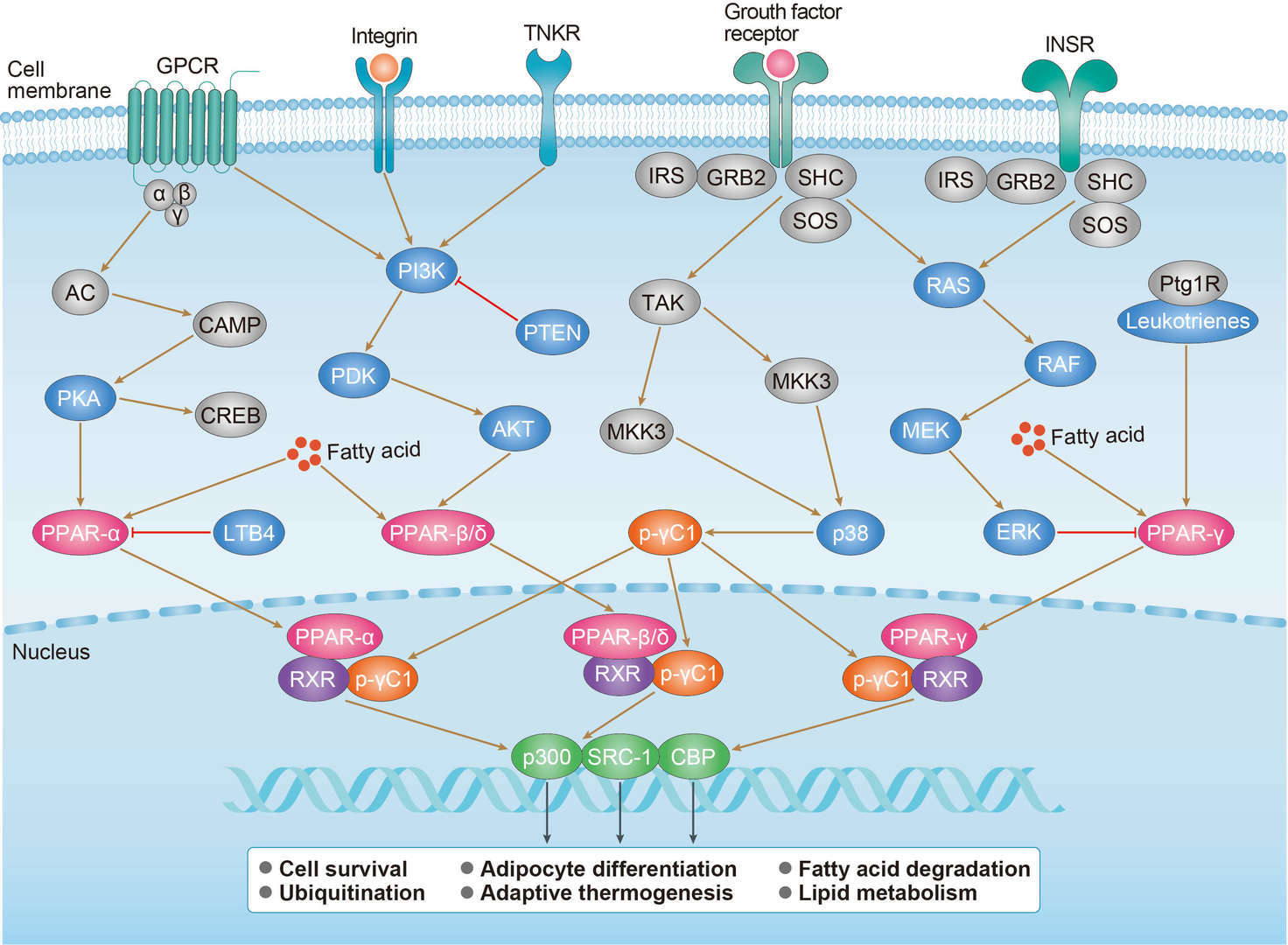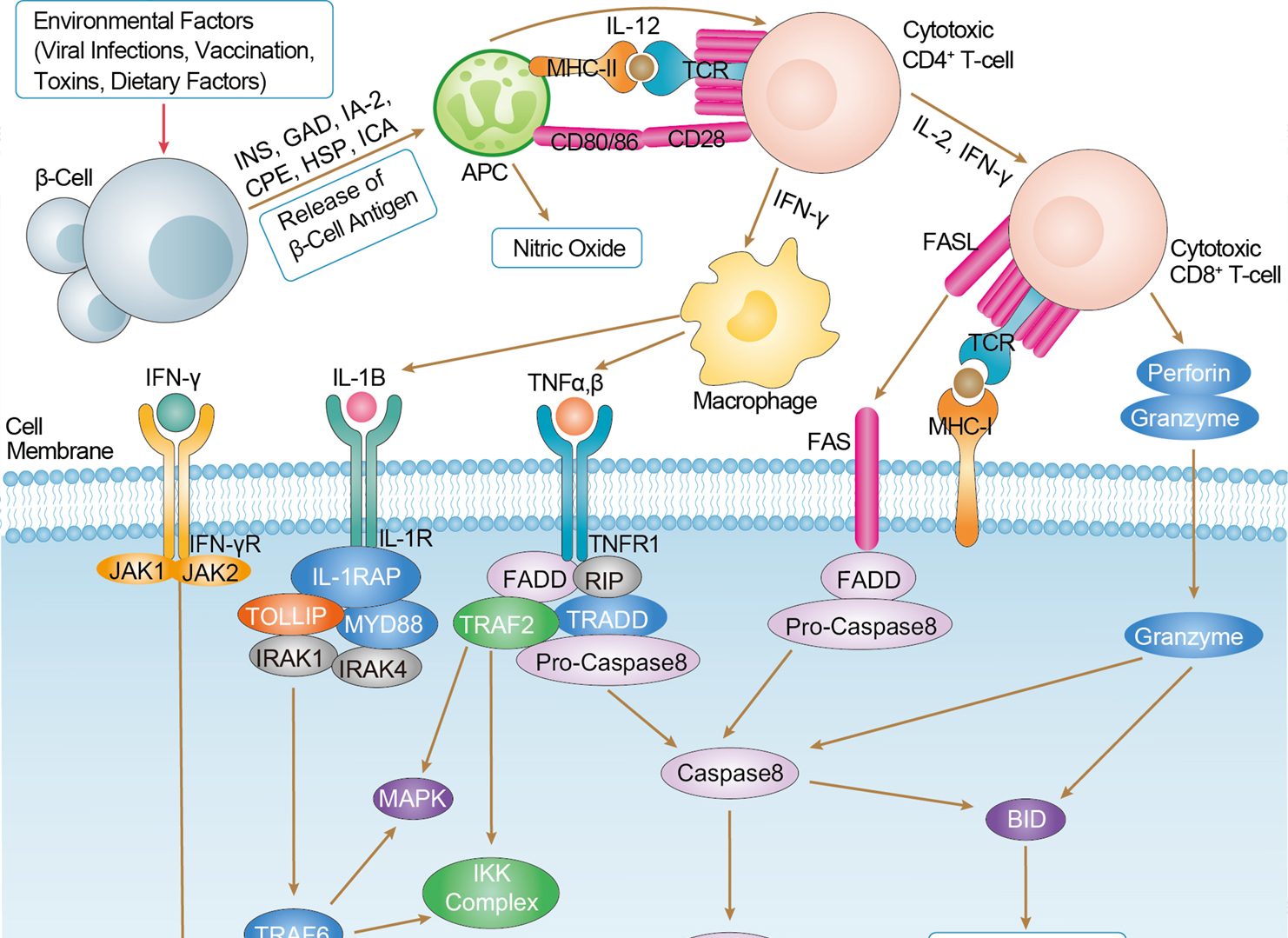Mouse Anti-INSR Recombinant Antibody (clone 83-14) (CAT#: PABZ-083)
Recombinant Mouse Antibody (83-14) is capable of binding to INSR, expressed in Chinese Hamster Ovary cells (CHO).

Figure 1 Insulin- and antibody-stimulated glucose uptake.
Antibody-stimulated glucose uptake. Insulin (30 nM), the indicated monoclonal antibodies (30 nM), or a polyclonal antibody (B-10, diluted 1:150) was added to the transfected CHO cells and incubated 30 min at 370C; deoxyglucose uptake was then measured. Results are expressed as percent stimulation over control cells that did not receive insulin.
Ebina, Y., Araki, E., Taira, M., Shimada, F., Mori, M., Craik, C. S., ... & Rutter, W. J. (1987). Replacement of lysine residue 1030 in the putative ATP-binding region of the insulin receptor abolishes insulin-and antibody-stimulated glucose uptake and receptor kinase activity. Proceedings of the National Academy of Sciences, 84(3), 704-708.

Figure 2 Species specificity of antibodies reacting in the ¹²⁵I-insulin-receptor co-precipitation assay.
Co-precipitation assays were carried out by preincubating wheatgerm agglutinin-Sepharose-purified receptors from human (p), bovine (r) or rabbit (¡) liver with '251-insulin (20000 c.p.m.) before addition of various concentrations of antibodies 83-7 (a), 18-40 (b), 18-24 (c), 18-44 (d), 18-14 (e) or 18-28 (f). Results are expressed as a percentage of receptor-bound radioactivity (human, 1500 c.p.m.; bovine, 1800 c.p.m.; rabbit, 2500 c.p.m.) determined by precipitation with poly(ethylene glycol) at the time of addition of antibody.
Soos, M. A., Siddle, K., Baron, M. D., Heward, J. M., Luzio, J. P., Bellatin, J., & Lennox, E. S. (1986). Monoclonal antibodies reacting with multiple epitopes on the human insulin receptor. Biochemical Journal, 235(1), 199-208.

Figure 3 Effects of anti-insulin receptor antibodies on BRET signal.
Top, graph, partially purified fusion receptors were incubated for 45 min in the presence of insulin (100 nM), 83-14 antibody (1 ng/l), or both. BRET signal was measured as described under Materials and Methods. Results are the mean S.E.M. of seven to nine experiments. *p<0.05 compared with insulin alone (Student's t test). Blot, autophosphorylation of partially purified fusion receptors was performed as described under Materials and Methods in presence of insulin (100 nM), 83-14 antibody (1 ng/l), or both.
Boute, N., Pernet, K., & Issad, T. (2001). Monitoring the activation state of the insulin receptor using bioluminescence resonance energy transfer. Molecular pharmacology, 60(4), 640-645.
![Figure 4 The binding to the human brain capillaries of [ ¹²⁵I] TAYD chimeric HIRMAb](https://img.creativebiolabs.net/productimages/PABZ-083-4.png)
Figure 4 The binding to the human brain capillaries of [ ¹²⁵I] TAYD chimeric HIRMAb
The binding to the human brain capillaries of [ ¹²⁵I] TAYD chimeric HIRMAb is plotted versus the time of incubation and is expressed as % bound per mg of capillary protein. Each tube contained approximately 0.05 mgp, indicating about 20% of the total antibody was bound per tube. The binding increased with time in the presence of buffer, but was nearly completely suppressed by the addition of 10 μg/mL murine 83-14 HIRMAb.
Coloma, M. J., Lee, H. J., Kurihara, A., Landaw, E. M., Boado, R. J., Morrison, S. L., & Pardridge, W. M. (2000). Transport across the primate blood-brain barrier of a genetically engineered chimeric monoclonal antibody to the human insulin receptor. Pharmaceutical research, 17(3), 266-274.
Specifications
- Immunogen
- Human insulin receptor
- Host Species
- Mouse
- Type
- Mouse IgG
- Specificity
- Human INSR
- Species Reactivity
- Human
- Clone
- 83-14
- Applications
- WB, FuncS
Product Property
- Purity
- >95% as determined by SDS-PAGE and HPLC analysis
- Concentration
- Please refer to the vial label for the specific concentration.
- Storage
- Centrifuge briefly prior to opening vial. Store at +4°C short term (1-2 weeks). Aliquot and store at -20°C long term. Avoid repeated freeze/thaw cycles.
Applications
- Application Notes
- The antibody 83-14 has been reported in applications of Stim, IP, WB, FuncS. It's recommended that the optimal antibody concentration, dilution, incubition time etc. are best to be carefully titrated in specific assays.
Target
Related Resources
Product Notes
This is a product of Creative Biolabs' Hi-Affi™ recombinant antibody portfolio, which has several benefits including:
• Increased sensitivity
• Confirmed specificity
• High repeatability
• Excellent batch-to-batch consistency
• Sustainable supply
• Animal-free production
See more details about Hi-Affi™ recombinant antibody benefits.
Downloads
Download resources about recombinant antibody development and antibody engineering to boost your research.
See other products for "Clone 83-14"
See other products for "INSR"
Rat Antibody
| CAT | Product Name | Application | Type |
|---|---|---|---|
| TAB-441CL | Human Anti-INSR Recombinant Antibody (TAB-441CL) | ELISA | Human IgG |
Recombinant Antibody
| CAT | Product Name | Application | Type |
|---|---|---|---|
| PABL-246 | Mouse Anti-INSR Recombinant Antibody (clone 83-7) | WB, ELISA, FuncS | Mouse IgG |
| HPAB-0129-YC | Mouse Anti-INSR Recombinant Antibody (HPAB-0129-YC) | ELISA, FC | Mouse IgG |
| MRO-0845-CN | Rabbit Anti-INSR Recombinant Antibody (clone CBACN-308) | WB, IF | Rabbit IgG |
| HPAB-2351LY | Human Anti-INSR Recombinant Antibody (HPAB-2351LY) | ELISA, WB, FC, FuncS | Humanized IgG |
| HPAB-2352LY | Human Anti-INSR Recombinant Antibody (HPAB-2352LY) | ELISA, WB, FC, FuncS | Humanized IgG |
scFv Fragment Antibody
| CAT | Product Name | Application | Type |
|---|---|---|---|
| PSBL-246 | Mouse Anti-INSR Recombinant Antibody (clone 83-7); scFv Fragment | WB, ELISA, FuncS | Mouse scFv |
| HPAB-0129-YC-S(P) | Mouse Anti-INSR Recombinant Antibody; scFv Fragment (HPAB-0129-YC-S(P)) | ELISA, FC | Mouse scFv |
| HPAB-2351LY-S(P) | Human Anti-INSR Recombinant Antibody; scFv Fragment (HPAB-2351LY-S(P)) | ELISA, WB | Humanized scfv |
| HPAB-2352LY-S(P) | Human Anti-INSR Recombinant Antibody; scFv Fragment (HPAB-2352LY-S(P)) | ELISA, WB | Humanized scfv |
| HPAB-2353LY-S(P) | Human Anti-INSR Recombinant Antibody; scFv Fragment (HPAB-2353LY-S(P)) | ELISA, WB | Humanized scfv |
Fab Fragment Antibody
| CAT | Product Name | Application | Type |
|---|---|---|---|
| PFBZ-083 | Mouse Anti-INSR Recombinant Antibody (clone 83-14); Fab Fragment | WB, FuncS | Mouse Fab |
| HPAB-0129-YC-F(E) | Mouse Anti-INSR Recombinant Antibody; Fab Fragment (HPAB-0129-YC-F(E)) | ELISA, FC | Mouse Fab |
| HPAB-2351LY-F(E) | Human Anti-INSR Recombinant Antibody; Fab Fragment (HPAB-2351LY-F(E)) | ELISA, WB | Humanized Fab |
| HPAB-2352LY-F(E) | Human Anti-INSR Recombinant Antibody; Fab Fragment (HPAB-2352LY-F(E)) | ELISA, WB | Humanized Fab |
| HPAB-2353LY-F(E) | Human Anti-INSR Recombinant Antibody; Fab Fragment (HPAB-2353LY-F(E)) | ELISA, WB | Humanized Fab |
Human Antibody
| CAT | Product Name | Application | Type |
|---|---|---|---|
| TAB-711LC | Human Anti-INSR Recombinant Antibody (TAB-711LC) | ELISA, FC, FuncS | Human IgG |
| TAB-711LC-F(E) | Human Anti-INSR Recombinant Antibody; Fab Fragment (TAB-711LC-F(E)) | ELISA, FC | Human Fab |
| TAB-712LC-F(E) | Human Anti-INSR Recombinant Antibody; Fab Fragment (TAB-712LC-F(E)) | ELISA, FC | Human Fab |
| PABX-124-S (P) | Recombinant Mouse Anti-IR Antibody scFv Fragment (Fab83-14) | Neut, FuncS | scFv |
| PABX-125-S (P) | Recombinant Mouse Anti-IR Antibody scFv Fragment (Fab83-7) | WB, ELISA, FuncS | scFv |
Mouse Antibody
| CAT | Product Name | Application | Type |
|---|---|---|---|
| PABX-124 | Recombinant Mouse Anti-IR Antibody (Fab83-14) | Neut, FuncS | IgG |
| PABX-125 | Recombinant Mouse Anti-IR Antibody (Fab83-7) | WB, ELISA, FuncS | IgG |
| PABX-124-F (E) | Recombinant Mouse Anti-IR Antibody Fab Fragment (Fab83-14 ) | Neut, FuncS | Fab |
| PABX-125-F (E) | Recombinant Mouse Anti-IR Antibody Fab Fragment (Fab83-7 ) | WB, ELISA, FuncS | Fab |
MHC Tetramer for Cancer
| CAT | Product Name | Application | Type |
|---|---|---|---|
| MHC-LC1205 | PE-H-2Kb/Mouse Insr (GNYSFYAL) MHC Tetramer | FCM | |
| MHC-LC1206 | APC-H-2Kb/Mouse Insr (GNYSFYAL) MHC Tetramer | FCM | |
| MHC-LC1207 | BV421-H-2Kb/Mouse Insr (GNYSFYAL) MHC Tetramer | FCM |
Blocking Antibody
| CAT | Product Name | Application | Type |
|---|---|---|---|
| NEUT-1533CQ | Mouse Anti-INSR Recombinant Antibody (clone 1.B.109) | Inhib, IP | Mouse IgG2a |
| NEUT-1535CQ | Mouse Anti-INSR Recombinant Antibody (clone 47-9) | FC, Block, WB | Mouse IgG1 |
| NEUT-1536CQ | Mouse Anti-INSR Recombinant Antibody (clone 18-44) | FC, ICC, IF, Block, FuncS, IP, WB | Mouse IgG2b |
Neutralizing Antibody
| CAT | Product Name | Application | Type |
|---|---|---|---|
| NEUT-1534CQ | Mouse Anti-INSR Recombinant Antibody (clone 29B4) | IP, Neut | Mouse IgG1 |
Rabbit Monoclonal Antibody
| CAT | Product Name | Application | Type |
|---|---|---|---|
| MOR-1844 | Rabbit Anti-INSR Recombinant Antibody (clone DS1844AB) | ICC, IP, WB | Rabbit IgG |
| MOR-4630 | Rabbit Anti-INSR Recombinant Antibody (clone TH143DS) | WB | Rabbit IgG |
| MOR-4688 | Rabbit Anti-INSR Recombinant Antibody (clone TH202DS) | WB, FC | Rabbit IgG |
Customer Reviews and Q&As
There are currently no Customer reviews or questions for PABZ-083. Click the button above to contact us or submit your feedback about this product.
View the frequently asked questions answered by Creative Biolabs Support.
For Research Use Only. Not For Clinical Use.
For research use only. Not intended for any clinical use. No products from Creative Biolabs may be resold, modified for resale or used to manufacture commercial products without prior written approval from Creative Biolabs.
This site is protected by reCAPTCHA and the Google Privacy Policy and Terms of Service apply.











 PPAR Signaling Pathway
PPAR Signaling Pathway
 Type I Diabetes Mellitus
Type I Diabetes Mellitus
